- Home
- About Us
- Products
- TD High-efficiency And Energy-saving Circulating Pump
- TD High-efficiency And Energy-saving Circulating Pump Accessories
- Pipeline Pump
- Pipeline Pump Accessories
- Sewage Pump
- Sewage Pump Accessories
- LG Multi-stage Pump
- LG Multi-stage Pump Accessories
- Cooling Tower Circulation Pump
- Electric Motor
- Electric Motor Accessories
- News
- Contact Us
- Home
- About Us
- Products
- TD High-efficiency And Energy-saving Circulating Pump
- TD High-efficiency And Energy-saving Circulating Pump Accessories
- Pipeline Pump
- Pipeline Pump Accessories
- Sewage Pump
- Sewage Pump Accessories
- LG Multi-stage Pump
- LG Multi-stage Pump Accessories
- Cooling Tower Circulation Pump
- Electric Motor
- Electric Motor Accessories
- News
- Contact Us
Web Menu
- Home
- About Us
- Products
- TD High-efficiency And Energy-saving Circulating Pump
- TD High-efficiency And Energy-saving Circulating Pump Accessories
- Pipeline Pump
- Pipeline Pump Accessories
- Sewage Pump
- Sewage Pump Accessories
- LG Multi-stage Pump
- LG Multi-stage Pump Accessories
- Cooling Tower Circulation Pump
- Electric Motor
- Electric Motor Accessories
- News
- Contact Us
Product Search
Exit Menu
How Does the Powerful Combination Behind Electric Motors Drive Modern Innovation?
Electric motors have become an essential part of our everyday lives and industrial systems. From household appliances and electric vehicles to industrial robots and HVAC systems, electric motors are everywhere. But what truly powers their success is the combination of advanced materials, engineering innovation, and digital integration. These combined elements make electric motors not just machines, but intelligent, efficient, and highly adaptable driving forces in the modern world.
The Combination of Design and Function
The performance of an electric motor depends heavily on how well its components are engineered and integrated. The key parts include:
Stator and Rotor: The magnetic interaction between these components is what generates motion. Their precise alignment and design directly influence torque and speed.
Windings and Coils: These are responsible for generating the magnetic field when current flows through them.
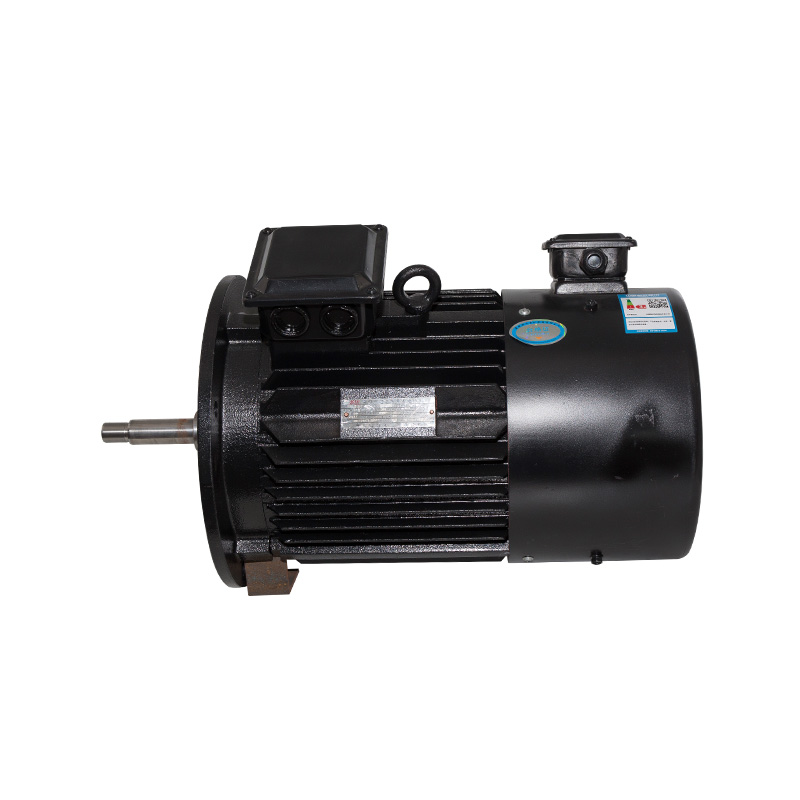
Housing and Bearings: These ensure structural integrity and smooth motion with minimal friction.
Control Systems: Modern electric motors are paired with intelligent drives or controllers to manage speed, direction, and efficiency.
This combination of mechanical precision and electrical control transforms a basic machine into a smart, responsive system.
Efficiency Through Material Innovation
Electric motors today benefit from significant material advancements. For instance, rare-earth magnets are used in high-performance motors to deliver strong magnetic fields with minimal size. Copper windings and laminated steel cores reduce energy loss due to heat and eddy currents.
By combining these advanced materials, manufacturers can produce motors that are lighter, more compact, and far more energy-efficient than their predecessors.
Digital and Mechanical Integration
The rise of smart factories, electric vehicles, and IoT-enabled devices has made integration of electric motors with digital systems a game-changer. Through sensors and real-time feedback, electric motors can now adjust their performance on-the-fly to optimize for load, temperature, and energy consumption.
This combination of digital intelligence and mechanical motion allows for predictive maintenance, automated control, and seamless communication with other components in a system—boosting reliability and productivity.
Versatility Through Custom Combinations
One of the most valuable features of electric motors is their versatility. Engineers can combine different motor types with various gear systems, controllers, and housings to tailor them for specific applications.
For example:
In Electric Vehicles: BLDC motors are combined with precision control systems to deliver quiet, responsive power.
In Home Appliances: Induction motors are paired with durable housings for long-term use with minimal maintenance.
In Robotics: Stepper motors are combined with real-time controllers for precise positioning and synchronized movement.
Each of these applications demonstrates how the right combination of components and technologies makes electric motors adaptable to a wide variety of needs.
Sustainability and the Future
Electric motors play a critical role in the shift toward sustainable energy use. When combined with renewable energy sources like solar and wind, they form the backbone of green technology. Energy-efficient motors reduce electricity consumption and carbon emissions in sectors like manufacturing, transportation, and building management.
Advancements in battery technology and lightweight materials are enabling electric motors to become more portable and scalable—paving the way for innovations such as electric drones, autonomous vehicles, and wearable machinery.
Electric motors are far more than simple machines. They are the result of a sophisticated combination of electrical engineering, material science, software control, and application-specific customization. It is this synergy that makes them so powerful, efficient, and vital to the modern world.
As we move into an era of smarter, cleaner, and more connected systems, electric motors will remain at the heart of progress—driven by the intelligent combination of innovation and function. Whether in a factory floor, a family home, or a futuristic vehicle, electric motors will continue to spin the world forward.
Related Products
-
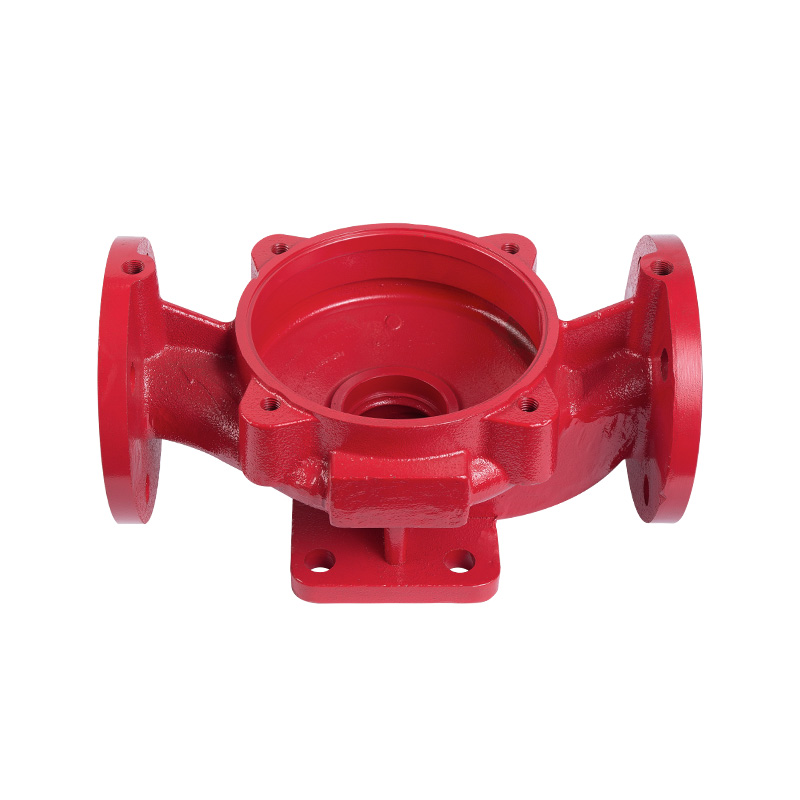
Vertical pipeline pump body
Cat:Pipeline Pump Accessories
The pump body consists of two main parts: suction chamber and pressure...
See Details -

Pipeline pump B14 pump cover
Cat:Pipeline Pump Accessories
The pipeline pump B14 pump cover is a specific type of pump cover for ...
See Details -
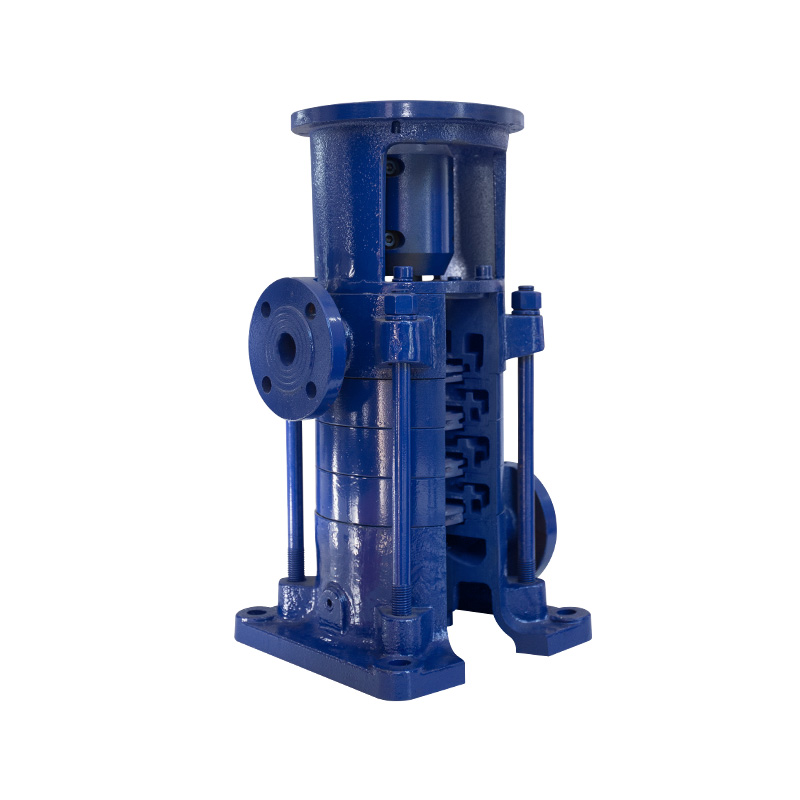
LG multistage pump 100 series
Cat:LG Multi-stage Pump
Product features 1. Compact structure, small volume, small footprint. ...
See Details -

LG multi-stage pump 150 series
Cat:LG Multi-stage Pump
Operating conditions 1. It can convey clear water or non-corrosive med...
See Details -
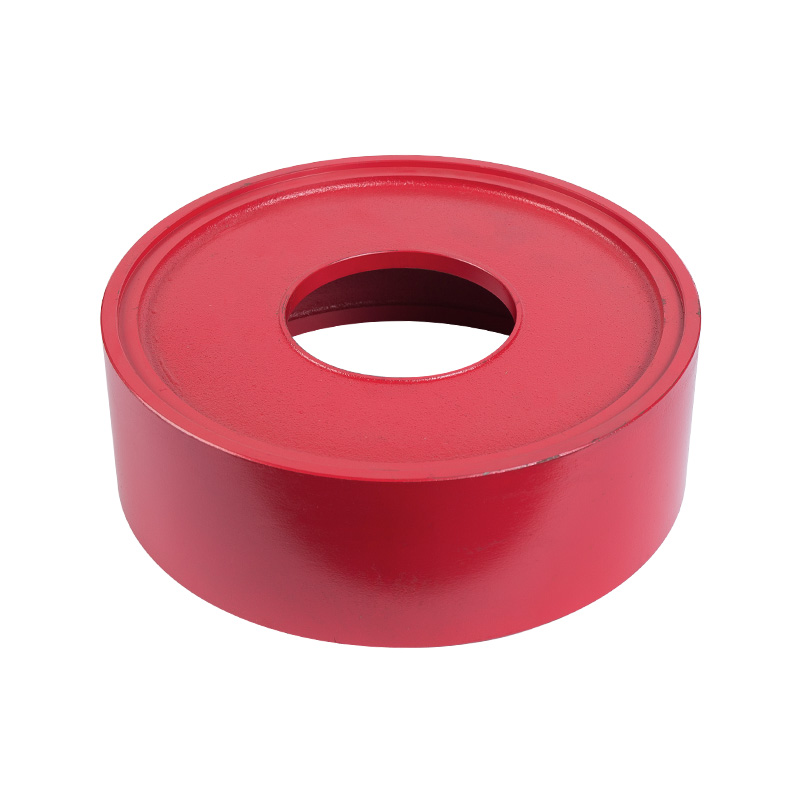
LG multi-stage pump middle section
Cat:LG Multi-stage Pump Accessories
The middle section is the main part of the pump body, responsible for ...
See Details -
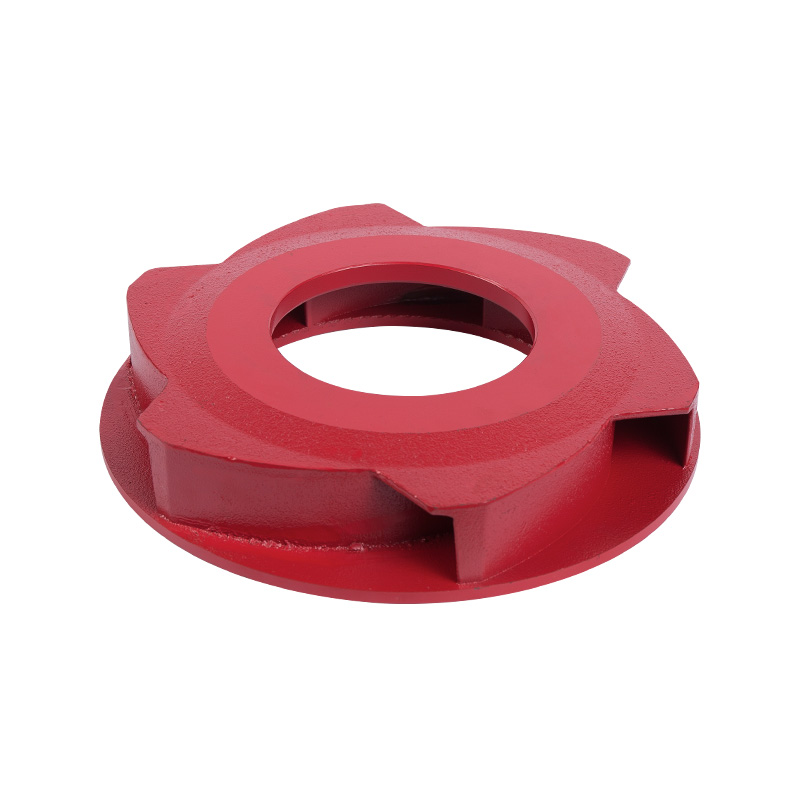
LG multistage pump cast iron impeller
Cat:LG Multi-stage Pump Accessories
Cast iron impeller is one of the key components of the pump, which pre...
See Details -
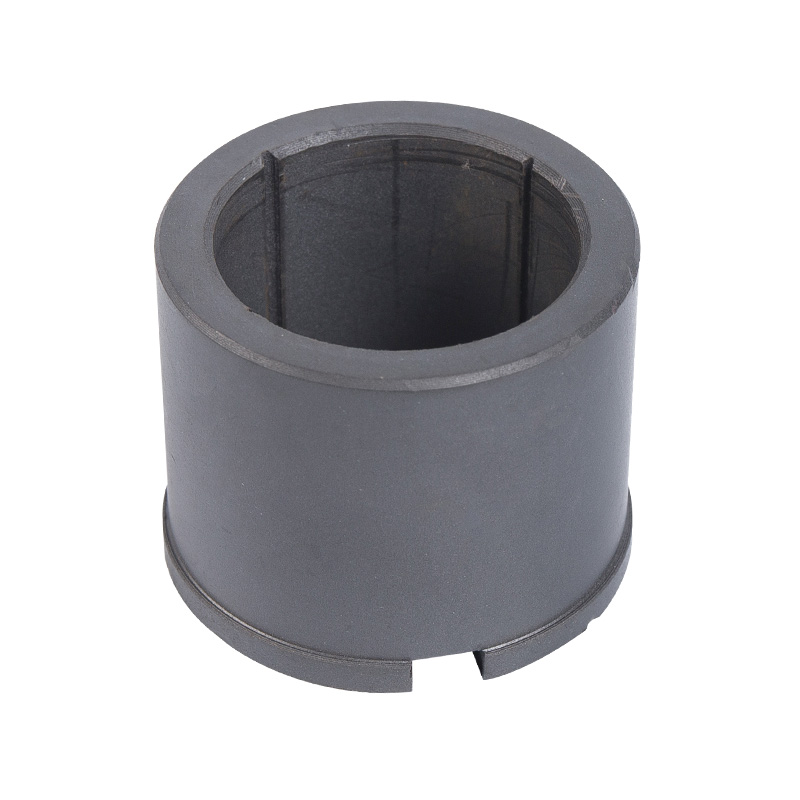
LG multi-stage pump water bearing
Cat:LG Multi-stage Pump Accessories
Water bearings are a special type of bearings commonly used in multi-s...
See Details -
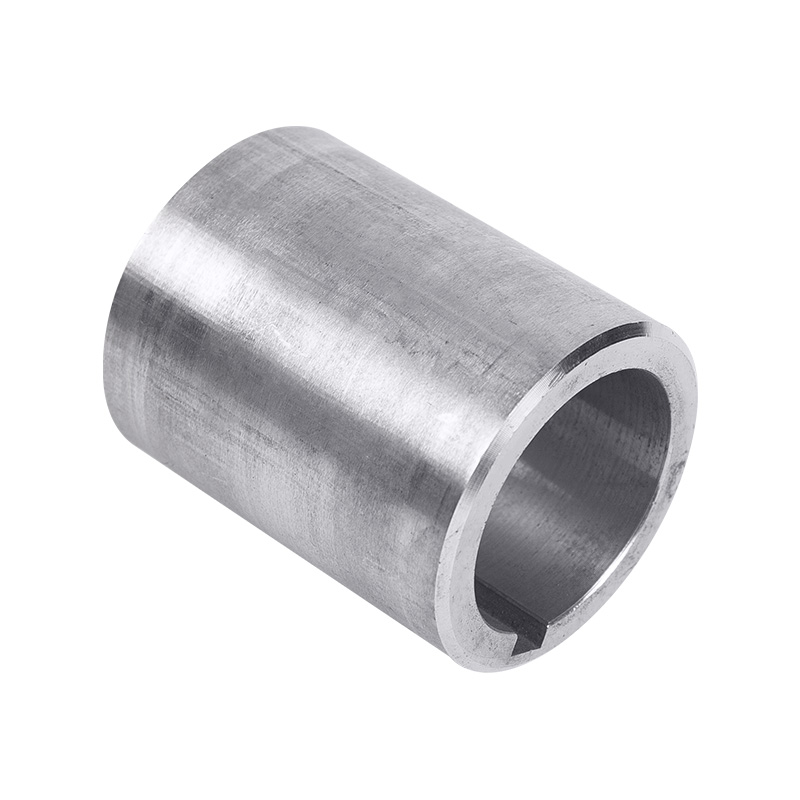
LG multi-stage pump spacer sleeve
Cat:LG Multi-stage Pump Accessories
Spacer sleeve is a ring-shaped part installed between the impellers of...
See Details -
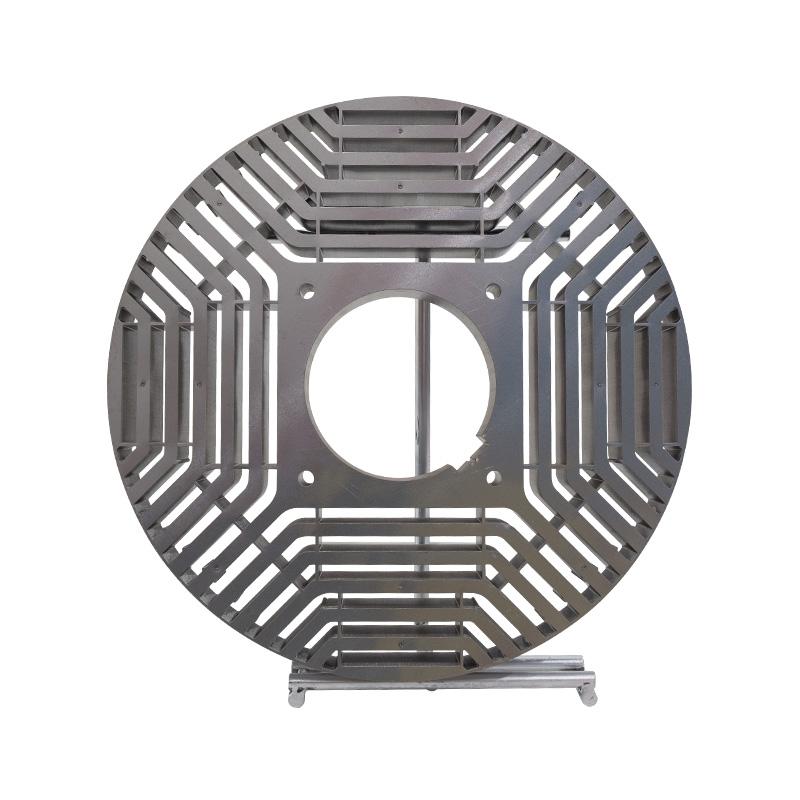
Permanent magnet core stator and rotor
Cat:Electric Motor Accessories
A type of rotor core that uses a permanent magnet material to achieve ...
See Details -

Cooling Tower Circulation Pump
Cat:Cooling Tower Circulation Pump
The cooling tower circulation pump is key equipment in the cooling tow...
See Details
- TD High-efficiency And Energy-saving Circulating Pump
- TD High-efficiency And Energy-saving Circulating Pump Accessories
- Pipeline Pump
- Pipeline Pump Accessories
- Sewage Pump
- Sewage Pump Accessories
- LG Multi-stage Pump
- LG Multi-stage Pump Accessories
- Cooling Tower Circulation Pump
- Electric Motor
- Electric Motor Accessories
-

+86-0563-2251312
-

+86-0563-2251311
-

+86-139 6620 0379
-

-

No.43 Guohua Road, Guangde Economic Development Zone, Xuancheng City, Anhui Province, China

